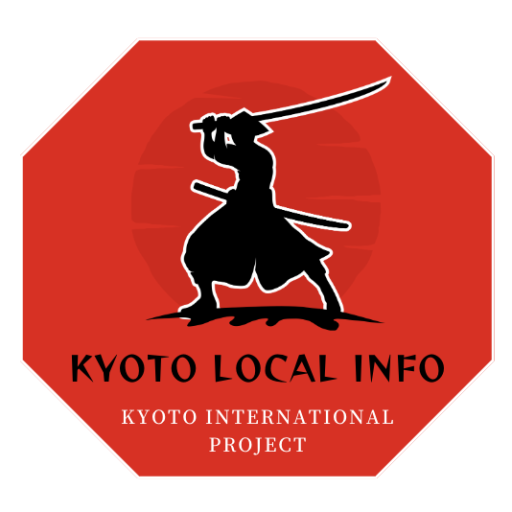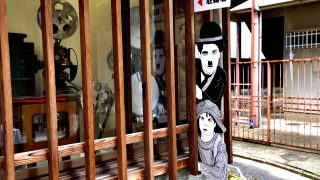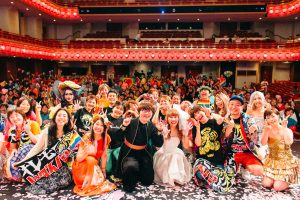Learn about Japanese film history at the Toy Film Museum
Short videos are all the rage in an age without social networking!
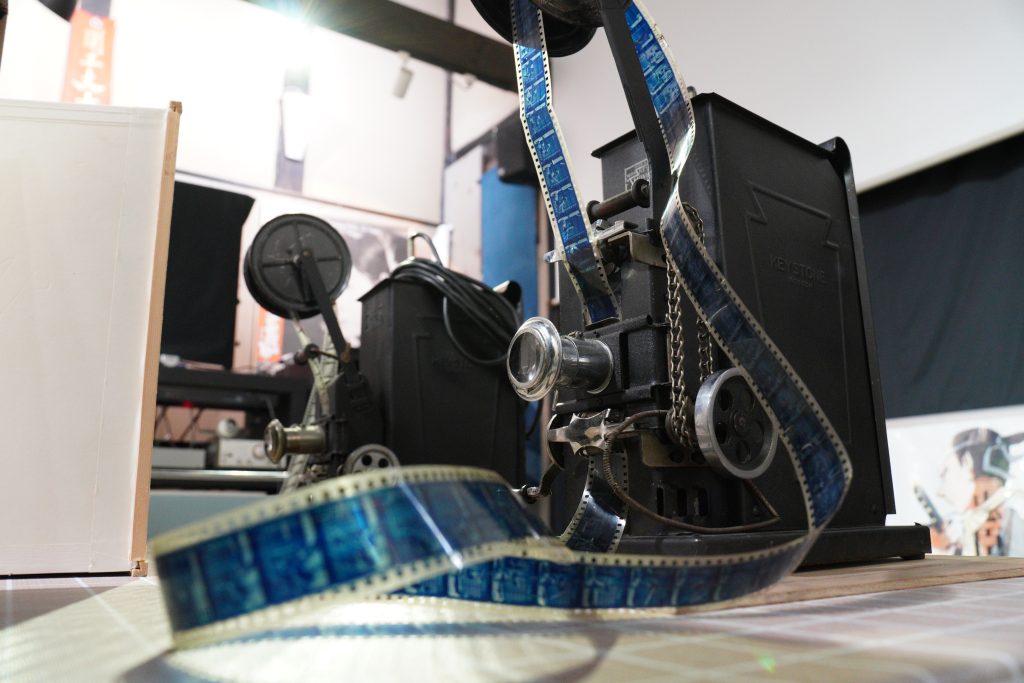
Short videos are gaining momentum on TikTok, Instagram and YouTube. Against the backdrop of the spread of smartphones and social networking services, videos of less than a minute are being produced one after another and enjoyed by people all over the world.
This is a new culture brought about by the advancement of digital technology. However, if you go back in history, similar content existed 90 years ago, when smartphones did not even exist, let alone SNS.
That was the golden age of Japanese cinema, when 35 mm film was sold off after cinema screenings. At the time, they were affectionately called 'toy films'.
This time, we visited the Toy Film Museum (Chukyo-ku, Tokyo), where you can learn about the history of Japanese films through such toy films. The museum offers an insight into the nostalgic appeal of toy films.
Visiting the Toy Film Museum

Goin Dori (Kouin Dori) is known as a street that runs diagonally, which is unusual in Kyoto City. If you open up a map, you can see a diagonal section stretching for about 750 m from Senbon Sanjo to Shijo Omiya. The museum is located in a quiet residential area just a little to the east of the street.
The atmospheric building is a renovated machiya that was once a yuzen dyeing factory. On a cypress board in front of the museum, the words "Toy Film Museum" are written in thick, rounded letters. In fact, the font is the same as the 'Maneki Signboard' on which the names of Kabuki actors from the East and West are written at the Kabuki theatre Minami-za in Higashiyama Ward.
When I was about to enter the museum, I felt a gaze from something in the shadows. The dubious panel was a scene from the silent film The Kid (released in 1921) by the king of comedy Charles Chaplin. The humorous welcome made my cheeks relax.
After passing through the yellow curtain with an illustration of a hand-cranked projector, you are now ready to enter the world of 'toy films'!
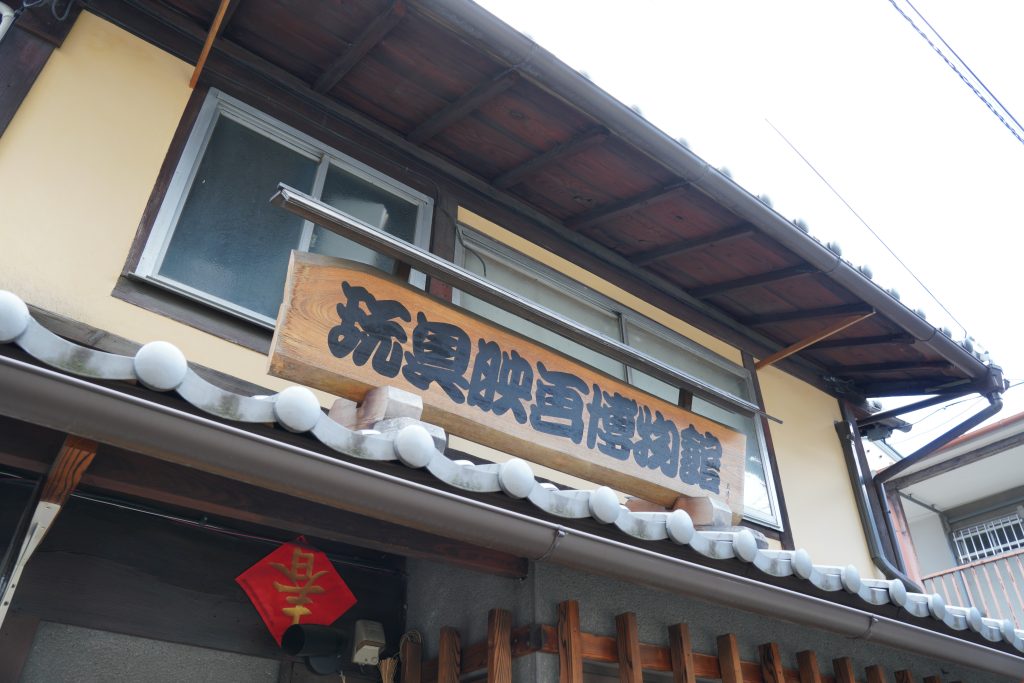
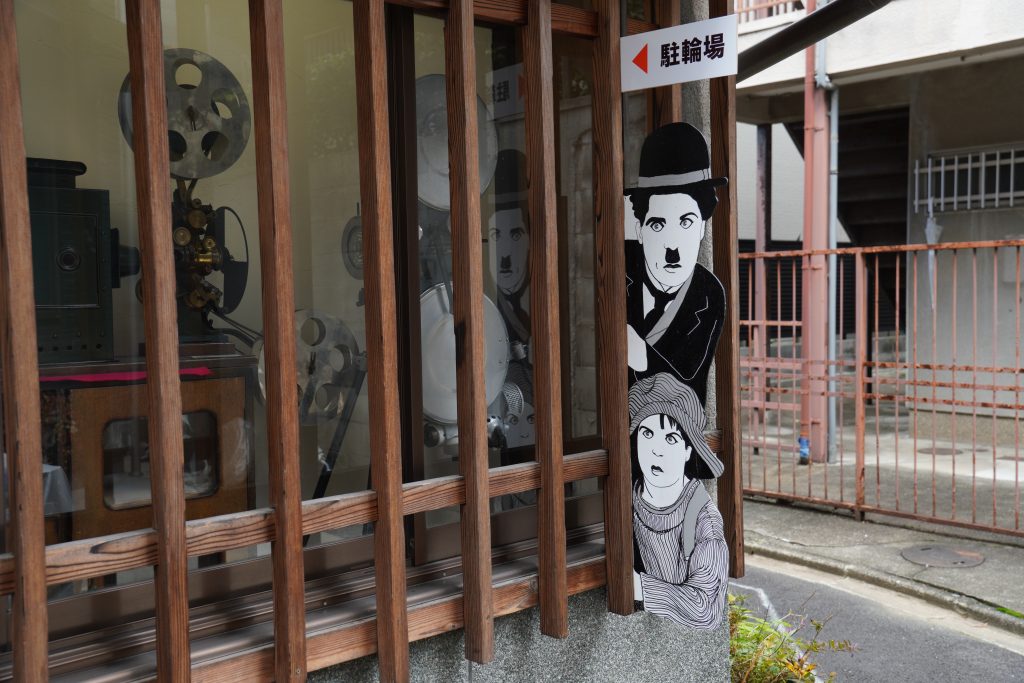
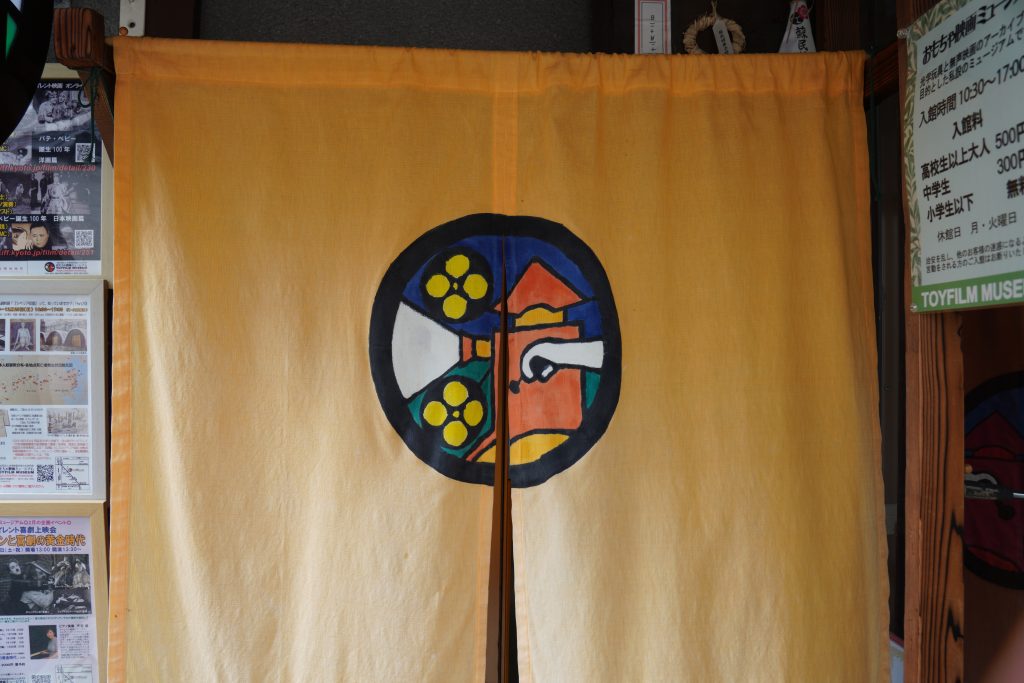
What is the appeal of toy films?
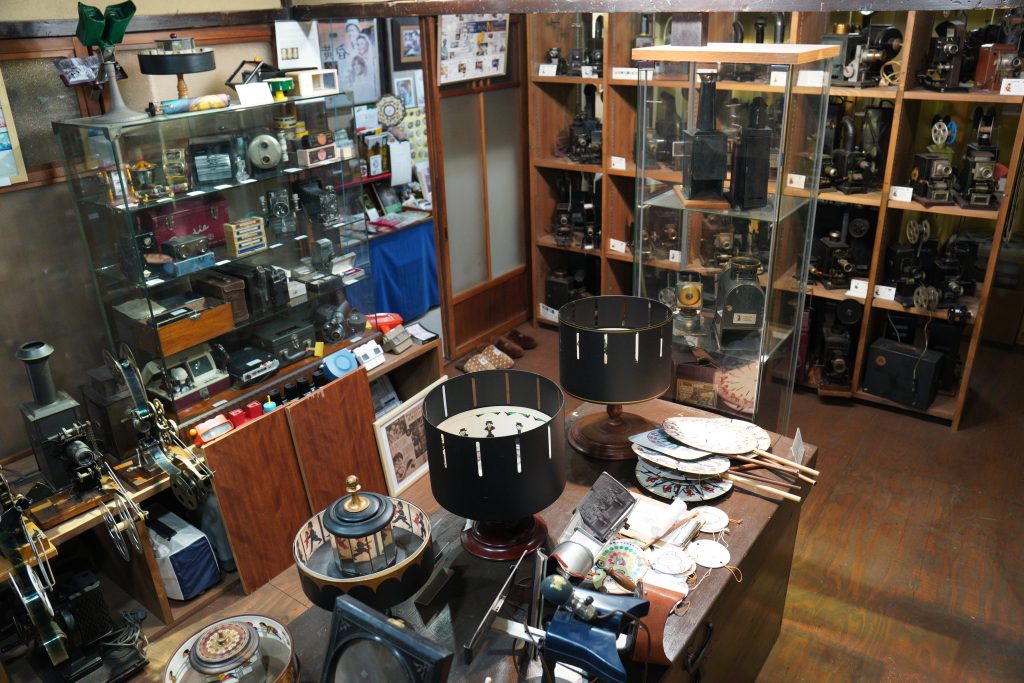
The museum opened in 2015 to pass on the film culture of the film era to future generations amid the increasing digitisation of film production. The museum's interior was decorated by art staff working professionally in the film industry. It has an old-fashioned feel as if you have wandered into a film set.
Toy films are silent films shown in the theatre that have been edited down to between 20 seconds and three minutes. The name is believed to have originated from the fact that they were enjoyed on tin toy projectors for home use. The culture of condensing footage to short lengths for casual viewing is similar to that of modern short films.
So why were toy films created? In fact, silent films reached their heyday in the Taisho and early Showa periods (1920s-30s), but when the era of talkie films with sound began, they were increasingly lost as toy films were sold off or discarded.
Yoneo Ota, 73, former professor at Osaka University of Arts and director of the museum, has been collecting and preserving toy films for many years. There are nearly 1,000 vintage hand-cranked projectors, cameras and films lined up in the exhibition space.
Mr Ota says, "In this digital age when anyone can easily film, you can discover new things when you look at the world of film" and calls for cooperation in preserving valuable visual materials, saying, "If you have any old film, projectors or other items related to film on hand, please let us know.
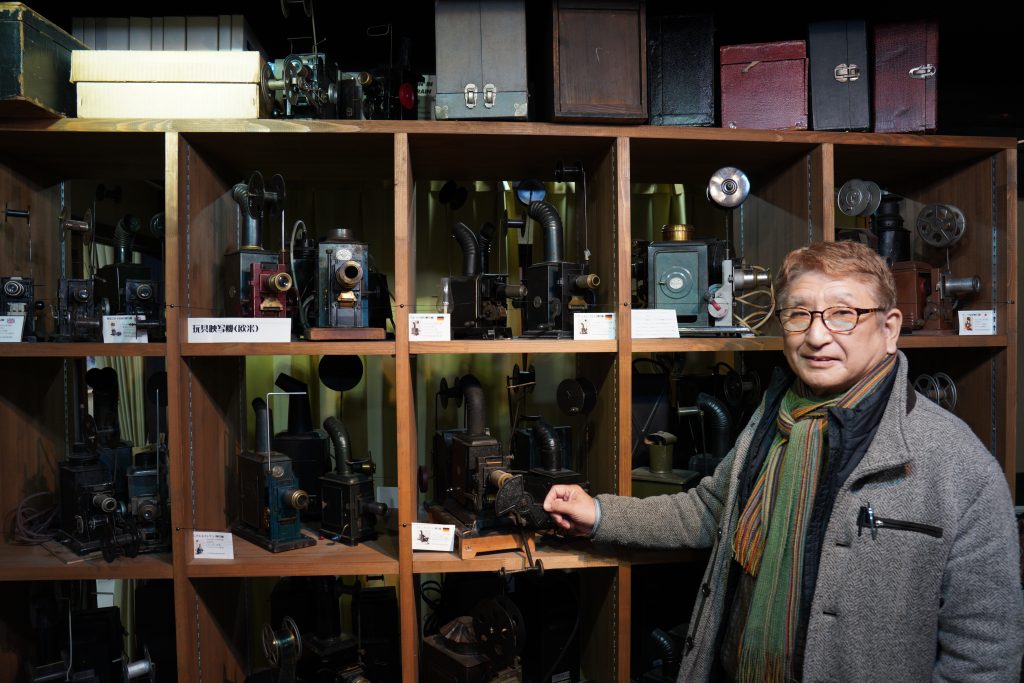
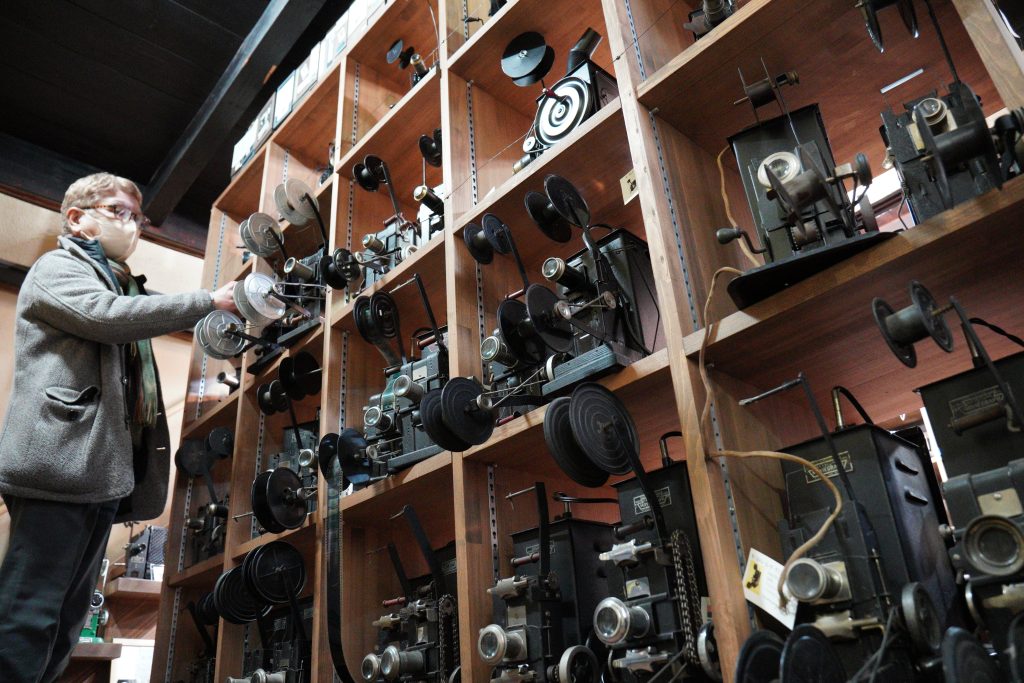
Let's actually experience it!
Visitors to the museum can also watch rare toy film footage. The author also tried it for the first time while being shown how to use the projector by Mr Ota.
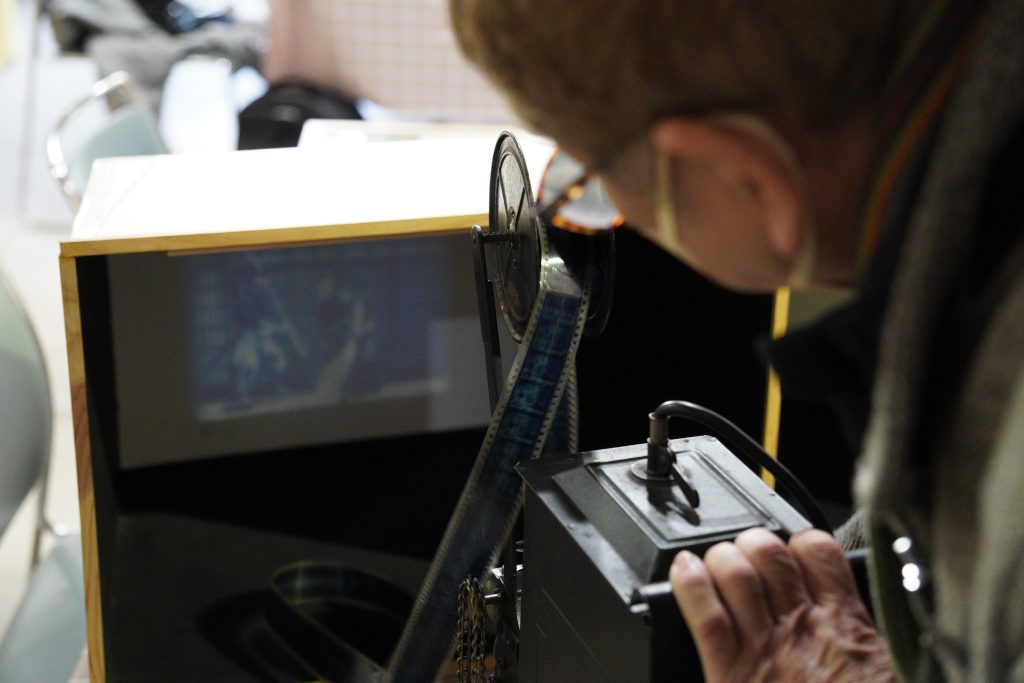
The mechanism of the projector is quite simple. When the handle is turned, the film starts to spin, the still image developed on the film catches the light and the image is projected through the lens in the box. In this case, it is a period drama chambara scene lasting only 15 seconds. The lively movements of the actors and the fluid camerawork are powerful.
You feel like the projector uncle from the opening of the Friday Road Show. I felt a solid response as the images flowed in tandem with my hand movements. It was different in taste from the old material images we watch on TV or on the internet. I was so absorbed in the film that I watched it over and over again.

In addition to period dramas, the museum also has a wide range of films, including animation, films and news footage. Mr Ota says: "With a smartphone, you can play a video with a single touch without thinking. However, the fundamental principles of film production have not changed. By actually touching the films and projectors at the museum, you can learn about the mechanisms of film and video as a real experience".
Deep connection with drama and film
One of the reasons Mr Ota set up the museum was his desire to create a place where people involved in film and all those who love films can interact and exchange information. So far, the museum has organised numerous events such as screenings, lectures and workshops to revitalise the film industry.
Although there have been times when the Corona Disaster has prevented them from being as active as they would like to be, they are determined to "continue to think of various ways to make it a base for boosting Japanese film culture".

The museum is not limited to events, but is visited from time to time by people involved in the film industry. The walls of the museum are decorated with autographs of film directors from Japan and abroad.
Among the exhibits are a lantern provided as material for the NHK morning drama Manpuku (2018-19) and a 9.5 mm projector used as a prop in the film The Spy's Wife (2020). It is precisely because of the careful preservation of these valuable materials that the museum receives requests for cooperation from contemporary film productions.
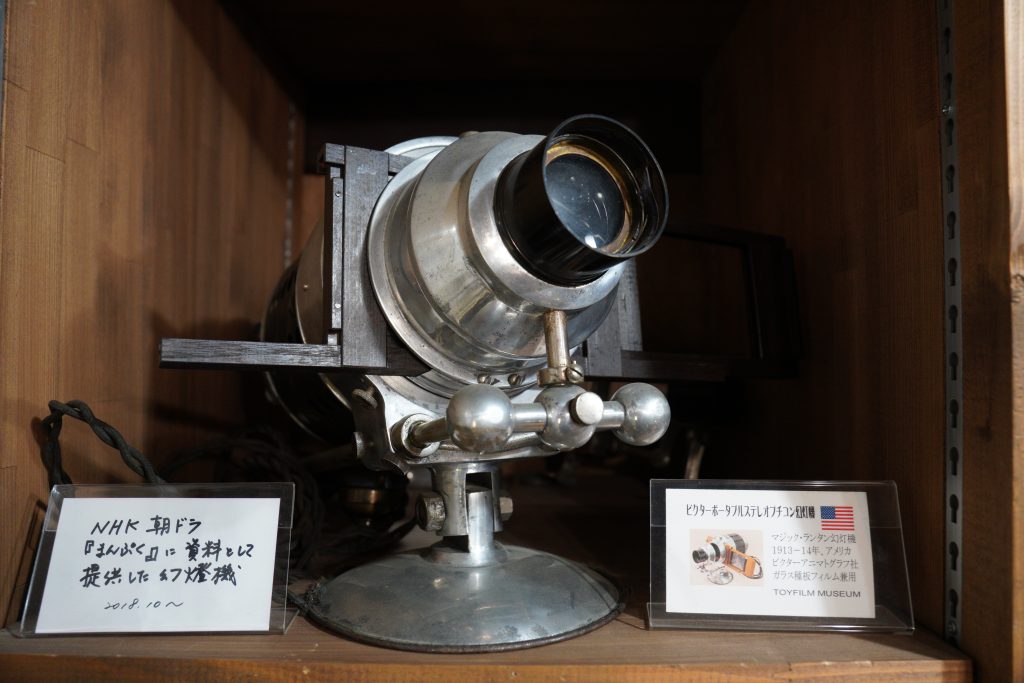

| Basic information about the Toy Film Opening hours: 10:30-17:00 Closed: Mondays and Tuesdays Admission: ¥500 for adults (high school students and above), ¥300 for junior high school students, free for primary schools students and below. |
Author Profile

- A fledgling writer who found herself living in Kyoto. I am an outdoorsman who lives and plays in the mountains in the city of 1,000 years. Sometimes I come down to the city and do interviews as my interests take me. I'm an omnivore who finds everything interesting, so I'm happy to share information regardless of genre!
